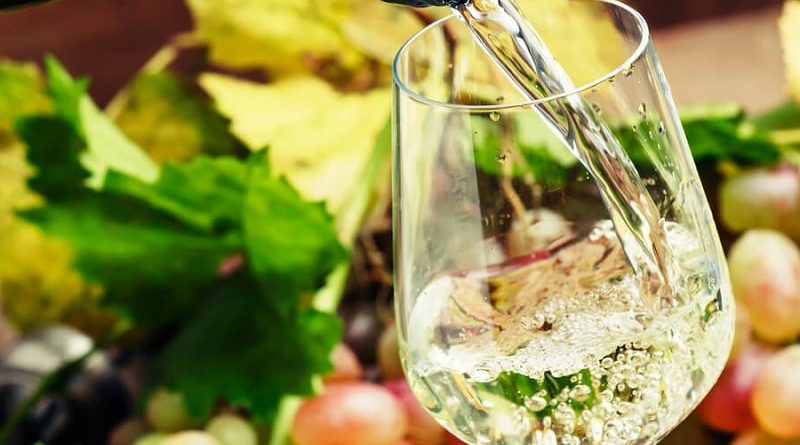The Essential Guide to Riesling Wine
Riesling is a wine that is elegant and smells great, but it is often ignored. For the past few decades, this wine’s bold and delicious taste has been one of the best-kept secrets in the wine world. But riesling’s popularity has been slowly rising as wine lovers around the world discover its unique flavour and many uses. Riesling is your new best friend if you want a wine that is both refreshing and in style.
What Is Riesling Wine?

In a nutshell, delicious and flavourful riesling wine is a beverage made from a single type of grape that was first grown in Germany. In German, however, the word “riesling” can also mean just the grape. Even though most riesling wines tend to be on the lighter and sweeter side, many farmers now also make bottles of dry riesling.
Recognisable Reisling Flavour and Aroma
Most of the smells of Riesling wines come from farm fruits like nectarine, honey-crisp apple, pear, and apricot. Even when the wine is very cold, you can smell the strong fruity aromas as soon as you pour the drink. And, in addition to the flavour of the fruit, your riesling might also smell like jasmine, honeycomb, or lime zest and it just makes a wonderful housewarming gift!
You will also get a hint of something more potent, like gasoline or petroleum wax, along with these more mild smells. This smell comes from a natural substance called TDN that forms in wine as it ages. Depending on your personal preferences and pallet. Riesling’s distinctive petrol smell could be a good or bad thing.
In terms of acidity, Riesling wine has a high acidity level similar to that of lemonade. But this acidity goes well with the usual citrus flavours of the wine, and its floral notes can help to soften it. Younger riesling wines, which are made from young grapes, tend to have more sour fruity notes like green apple, lime, and lemon, as well as flowery smells like camomile, jasmine, hawthorn, and wisteria.
The History of Riesling Wine
Riesling wine’s past goes back to the Rhine wine area in Germany. In 1435, Count John IV of Katzenelnbogen wrote the first record of wine. Since the first riesling grapes were grown, German royalty has always drunk riesling wine. High-ranking German lords would even take bottles with them when they went to war or did business in other parts of Europe.
German aristocrats liked Riesling wine so much that they stocked up on cases of it in stores all over the country. Like Chardonnay, Riesling is one of the few white wines that hold up well over time and tastes best after a few decades, which is mostly due to its high amounts of vitamins and strong acidity. Even when riesling grapes are fully grown, they will still have a lot of acidity, which makes for an acidic wine with a great taste. In particular, Riesling wines that are made in a lighter way age very well for a very long time.
Even though Riesling was popular for a long time, it started to become less popular over time. By the 1980s, drier types of wine were popular, and Riesling had become a secret among wine experts. But a wine like Riesling, which is beautiful and mature, can’t stay hidden for long.
In the 1990s, riesling started to become more famous again as wine drinkers all over the world found it. By 1996, riesling had once again become the most-planted grape in Germany. Today it is still thought of as a high-quality white wine that is good for both formal and relaxed events.
The Process of Producing

Like most types of wine, Riesling grapes are fermented with yeast and a little bit of sugar. This turns the natural sugars in the grapes into alcohol. Riesling wine is made from riesling grapes, which are a type of grape that does very well in cold weather. Riesling grapes are mostly grown in wine regions with cold weather because they can handle the cold. Even though Riesling grapes can grow in cold weather, that doesn’t mean they don’t need certain conditions to thrive.
However, riesling vines can handle frost in the winter and their grapes are ready to pick later than those of most other plants. This slow process of ripening lets the grapes get stronger flavours and a more elegant smell while keeping their acidity. When the grapes are finally picked in late fall, they can be used to make the world-famous wine.
Like most types of wine, Riesling grapes are fermented with yeast and a little bit of sugar. This turns the natural sugars in the grapes into alcohol. Almost all Riesling wines are put in bottles right after fermentation and after a while the wine gets its signature smell and flavour everyone loves. So, if you personally haven’t tried it yet, grab a bottle and share it with your loved ones for your next dinner party or family gathering at home.

